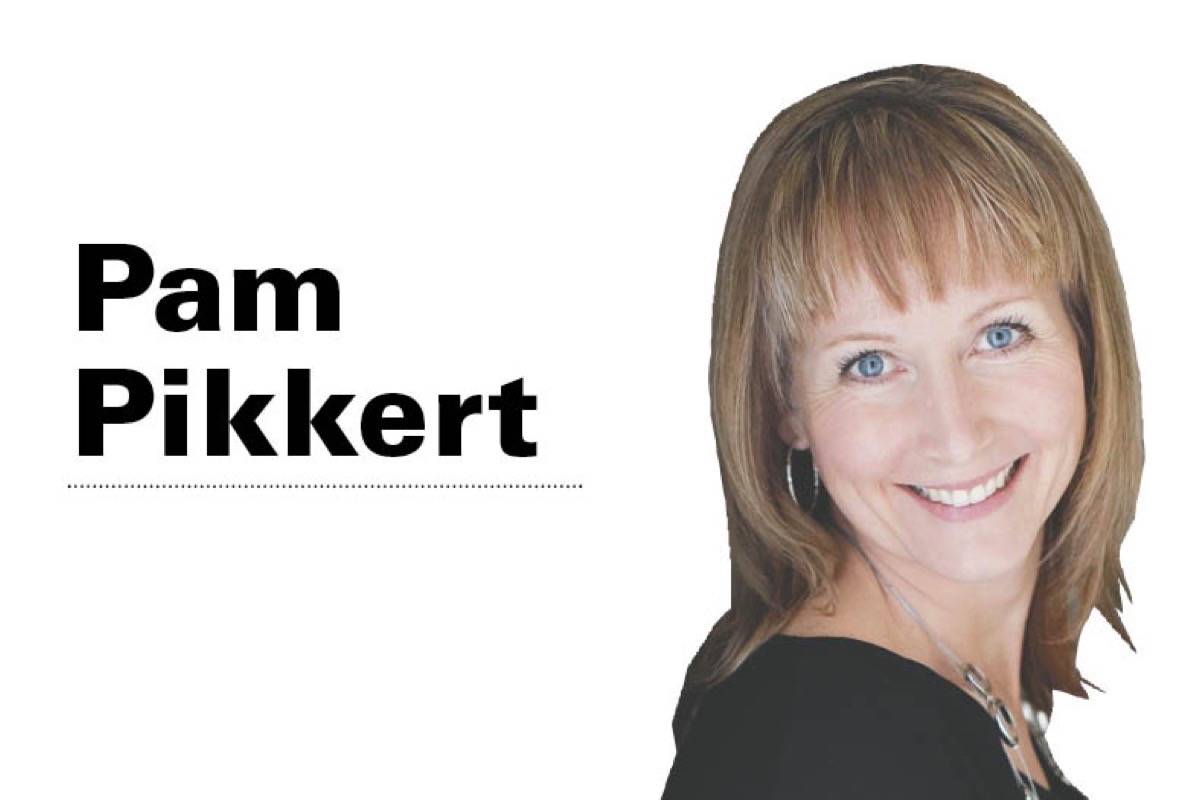Canadians are firm believers in home ownership. We see the long term benefits of paying down our own mortgage as compared to a landlords. Our homes become our largest assets and often factor into retirement planning. Here are a series of the extra costs you should consider before writing that offer.
Down payment and closing costs: The minimum down payment you have to have is 5%. In the case of a $300,000 home that is $15,000. If you are purchasing a home over $500,000 the down payment minimum increases. On top of that you have to have 1.5% of the purchase price for closing costs. In this case that is an additional $4,500. This will cover things like the legal fees, title insurance, tax adjustment and all the other expenses which you will incur just to get the mortgage to fund. Banks these days really like to see some additional savings in case of anything adverse. Ideally you will have 10% of the purchase price in your account to demonstrate you are indeed ready.
Insurance: One cost few people account for is life, disability, critical illness and job loss insurance.
Life: There is a 100% chance that we are all going to die at some point. You need to make sure your loved ones are protected for this eventuality.
Disability: Disability is the number one reason of foreclosure in Canada so again you owe it to yourself to ensure your home is protected in case of this.
Critical illness: We have an amazing health care system here but even so there are significant costs if you are diagnosed with a life threatening disease. Sadly we all know too many people who have been laid low by serious illness to allow ourselves to naively assume it will never happen to us. Critical illness insurance covers you in case of a life threatening illness.
Job loss: Albertans more than most know how quickly the economy can turn and we can unexpectedly face a job loss. There is now an insurance policy to protect you against that too.
Family coverage: You may want to consider insuring your children. A serious illness in a child can drop your income by half as one person ends up leaving work to take care of them. Of course there are the extra expenses while treatment is sought. In the case of the unimaginable, insurance allows you to cover costs and take some time from work. Even if your spouse does not work, having coverage for them should be considered. If you all of a sudden have to cover costs of child care your savings can dry up quickly.
I am often told that people have sufficient coverage through employer but I respectfully challenge this. Most employers cover only one year’s salary and given how many Albertans lost their jobs in the last downturn this is clearly not a fail safe system. If you have a change in your health it can be very difficult to get coverage down the line. I am a big fan of third party insurance providers. Ones which are tied neither to your mortgage lender nor your employer.
Home upkeep and other monthly expenses: The other costs you have to be ready for is the upkeep of said home. Are your able to handle the upkeep day-to-day or the larger expenses like a new furnace or hot water heater? I can assure you that when it is -35C you are going to need that furnace to work. You will now be responsible for property taxes and home insurance. Budget them in ahead of time.
Increase to mortgage payments: Another important consideration is the mortgage itself. At the end of the mortgage term you will sign into a new term. The rate may be considerably higher which in turn increase your mortgage payments. Look carefully at your budget and do some forecasting to make sure you will be able to afford the mortgage payments if rates increase.
Some serious points of consideration for the smart Canadian here today. A home is the biggest asset and a mortgage the largest debt most of us will take on. Let’s make sure we are ready because we all know too many people life hit unexpectedly and wouldn’t you rather be ready than regretful?
Pam Pikkert is a mortgage broker with Dominion Lending Centres – Regional Mortgage Group in Red Deer.



